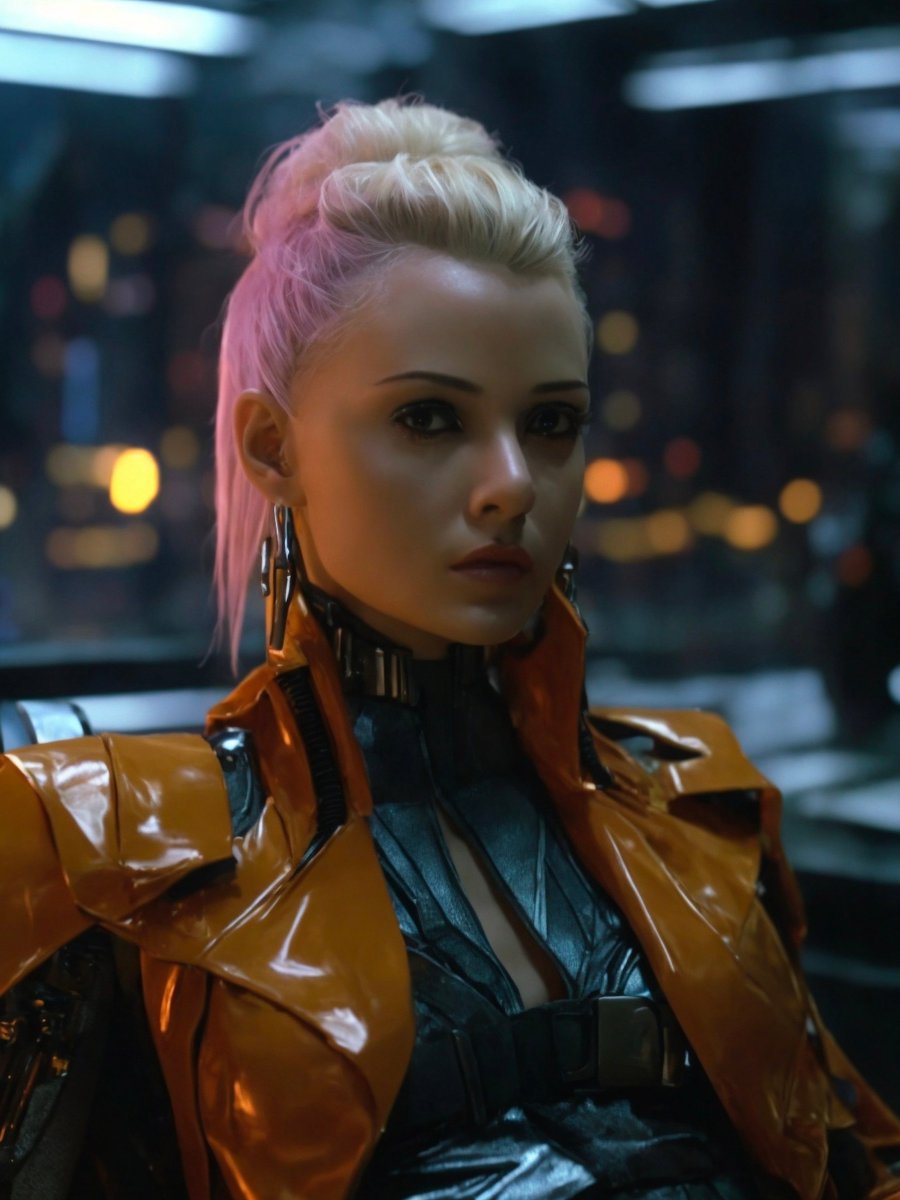🔴 3D Gaussian Splatting for Real-Time Radiance Field Rendering
This isn't a video! It's a NeRF that employs AI to transform several photos into a 3D environment!
With this method, they achieved:
→ ≥ 100 fps
→ 1080p res. rendering
→ REALTIME graphics 🤯
Link & Info 🧵
This isn't a video! It's a NeRF that employs AI to transform several photos into a 3D environment!
With this method, they achieved:
→ ≥ 100 fps
→ 1080p res. rendering
→ REALTIME graphics 🤯
Link & Info 🧵
It's so real it looks like someone was recording in real time with their phone! Amazing. ZERO artifacts.
Link 🔗 https://t.co/GpHJcxLksVrepo-sam.inria.fr/fungraph/3d-ga…
Link 🔗 https://t.co/GpHJcxLksVrepo-sam.inria.fr/fungraph/3d-ga…
The researchers have introduced 3 key elements that allow the system to achieve state-of-the-art visual quality while maintaining competitive training times and importantly allow high-quality real-time novel-view synthesis at 1080p resolution 🤯
They tested the algorithm on a total of 13 real scenes taken from previously published datasets and the synthetic Blender dataset.
Link to the paper 🔗 https://t.co/MDXfNo5RE5repo-sam.inria.fr/fungraph/3d-ga…

Link to the paper 🔗 https://t.co/MDXfNo5RE5repo-sam.inria.fr/fungraph/3d-ga…

The result they've achieved has almost the same resolution and quality as the real environment. Truly impressive! 

In short, a massive piece of news! This represents a breakthrough in the realm of Neural Radiance Fields. Can't wait for this to be fully integrated in our mobile phones! I WANT TO PLAY WITH THIS TECH. 

If you liked this and would like me to continue writing similar threads, an RT on the first tweet of the thread will encourage me to keep doing so. Thanks! 😉👇
https://twitter.com/javilopen/status/1690298797480652800
• • •
Missing some Tweet in this thread? You can try to
force a refresh

 Read on Twitter
Read on Twitter




























